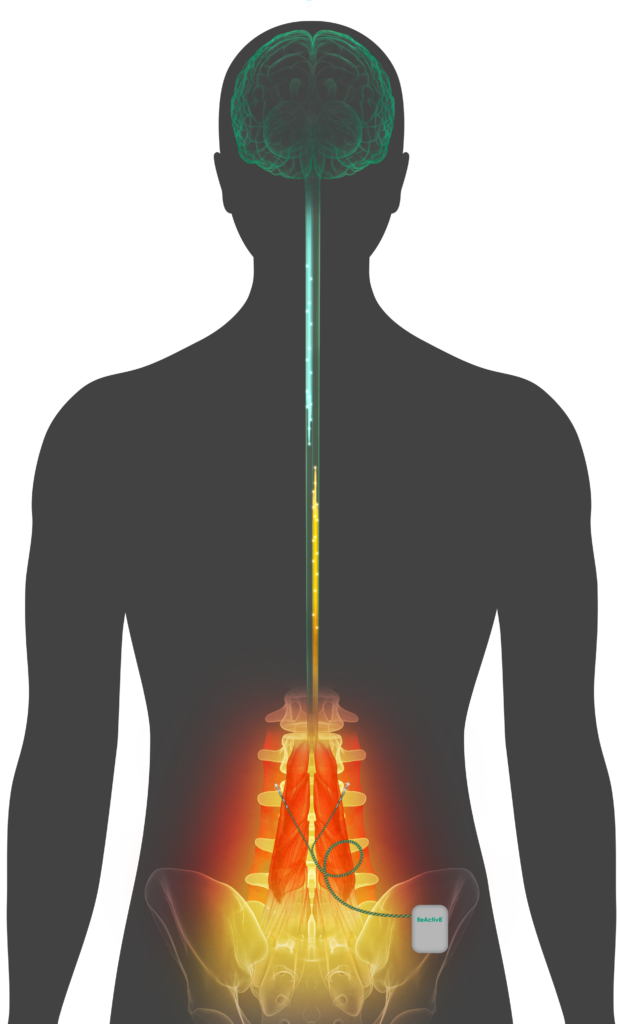Multifidus Dysfunction: Understanding the Key Player in Chronic Low Back Pain
Multifidus Dysfunction plays a significant role in chronic low back pain (CLBP) and requires effective treatment to avoid long term suffering.
Chronic low back pain is a debilitating condition that affects millions of people worldwide. While there are various causes for this condition, multifidus dysfunction has emerged as a significant contributor. In this blog post, we will delve into multifidus dysfunction, its role in chronic low back pain, and the importance of addressing it for effective treatment.
The Multifidus Muscle
The multifidus muscle is a deep, intricate muscle group located in the lower back, adjacent to the spine. It plays a crucial role in maintaining stability and providing support to the spine during movement. However, multifidus dysfunction can occur due to factors such as prolonged inactivity, poor posture, muscle imbalances, or injury. When the multifidus muscle weakens or becomes impaired, it can lead to instability, altered spinal mechanics, and chronic low back pain.

Understanding Multifidus Dysfunction
Multifidus dysfunction involves the weakness, atrophy, or impaired coordination of the multifidus muscles. This condition not only affects the structural integrity of the spine but also contributes to chronic low back pain. Research indicates that individuals with chronic low back pain often exhibit reduced multifidus muscle size and poor activation patterns. Multifidus dysfunction can result in decreased spinal stability, increased stress on spinal structures, and limited functional movement.
Treatment Approaches
Addressing multifidus dysfunction is crucial for the effective management of chronic low back pain. Treatment approaches typically involve a combination of physical therapy exercises, targeted strengthening exercises for the multifidus muscle, and posture correction techniques. Additionally, innovative technologies like the ReActiv8 Restorative Neurostimulation system have shown promise in stimulating and restoring the function of the multifidus muscle.

Overall, multifidus dysfunction plays a significant role in chronic low back pain. Understanding the importance of the multifidus muscle’s function and addressing any dysfunction is crucial for effective treatment. By implementing targeted interventions and utilizing innovative technologies, healthcare professionals can improve patient outcomes and help individuals regain control over their lives, free from the burden of chronic low back pain.
Become ReActiv8 certified today
Contact us to learn how ReActiv8 can fit into your practice.